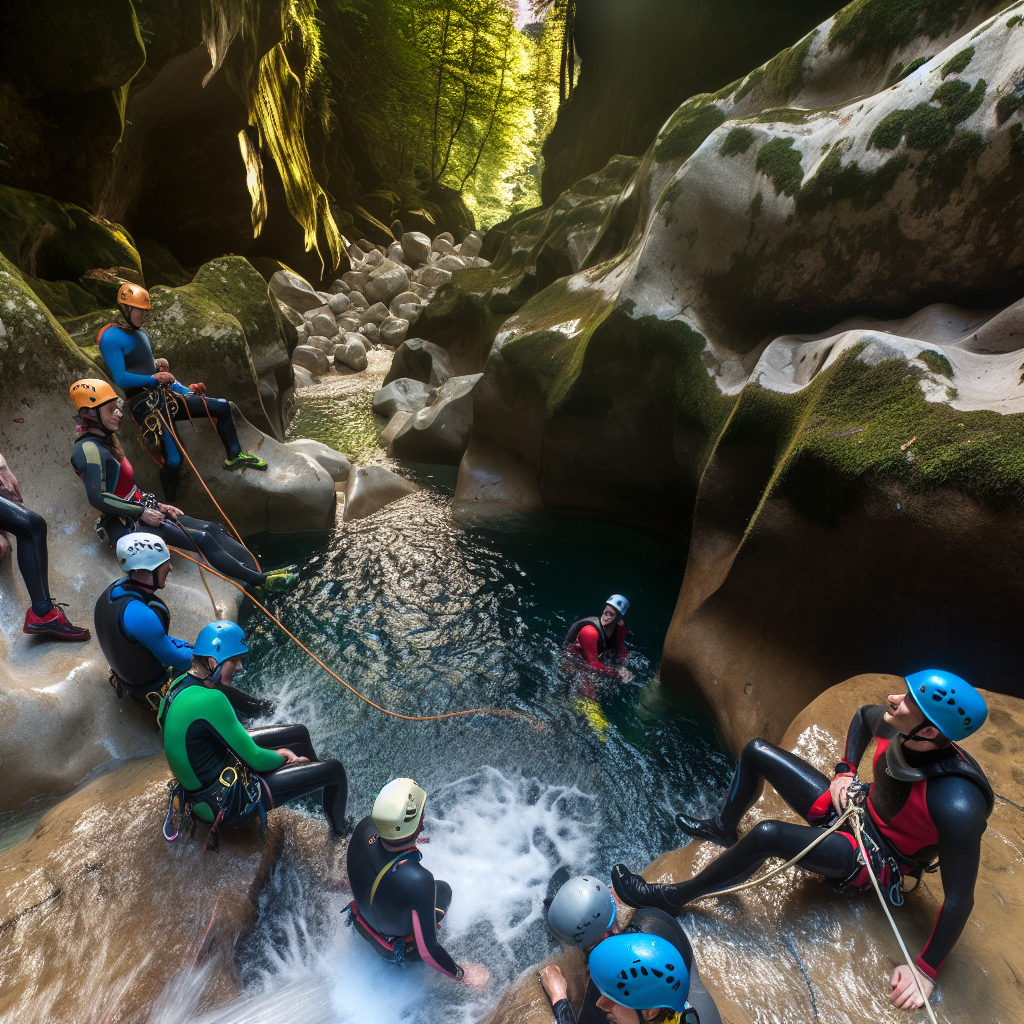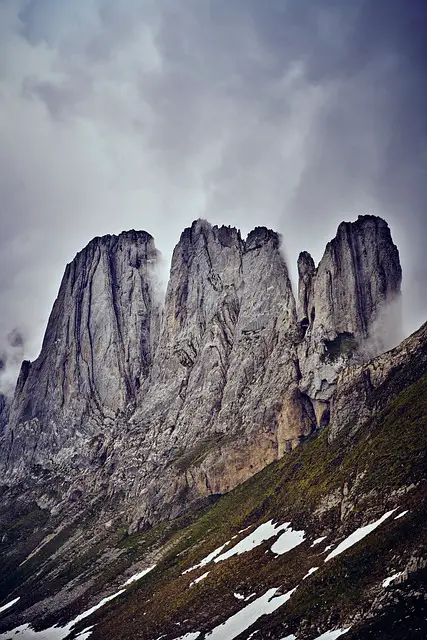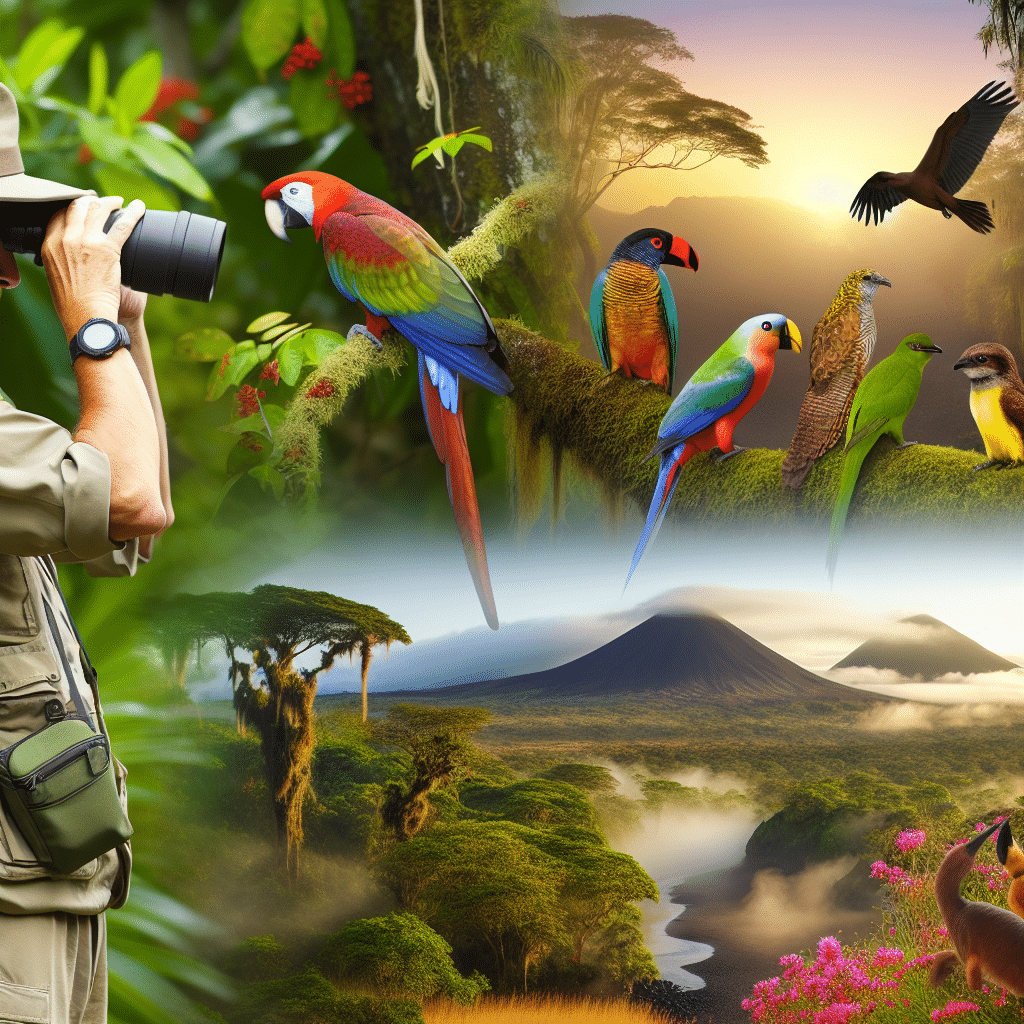Canyoning, also known as canyoneering in some parts of the world, has emerged as a challenging and exhilarating adventure sport. It is a multifaceted outdoor activity that combines hiking, climbing, rappelling, swimming, and sometimes even diving. But what exactly is canyoning? This article aims to provide a thorough understanding of this captivating pursuit.
What Exactly is Canyoning?
At its core, canyoning involves navigating through canyons using various techniques. These natural formations, carved out over millennia by water erosion, present an array of physical challenges. Participants traverse these canyons on foot, utilizing ropes and other equipment to descend cliffs, slide down natural water slides, and plunge into pools of water.
Natural Terrain and Scenery
Canyoning takes place in diverse terrains, ranging from arid desert canyons to lush, forested gorges. Each environment offers unique obstacles and visual splendor, making the sport as much about appreciating nature as it is about physical exertion. The verdant surroundings and crystal-clear pools often encountered during canyoning voyages contribute to its growing appeal.
A Blend of Skills and Techniques
Canyoning requires a combination of skills and equipment, making it far more complex than a simple hike or climb. The sport demands a strong understanding of both technical climbing and water safety. Participants need to be proficient with ropes, harnesses, and descending devices, while also being comfortable swimming in various water conditions.
Rappelling and Climbing
One of the primary techniques used in canyoning is rappelling. This involves descending vertical or near-vertical rock faces using a rope. Mastery of rappelling is essential for navigating steep canyon walls and waterfalls. Climbing, both free and aided, is also often necessary to traverse rugged terrain.
Water-Based Challenges
Water plays a crucial role in canyoning. Natural slides formed by running water create thrilling rides into deep pools below. Swimmers must navigate currents, and sometimes even underwater pathways, to progress through the canyon. This makes water safety knowledge indispensable for anyone looking to engage in canyoning.
Who Can Enjoy Canyoning?
Canyoning is accessible to a wide range of people, from enthusiastic beginners to seasoned adventurers. While certain canyons are better suited for novices, offering less technical challenges and shorter routes, others present rigorous demands suitable only for experienced canyoneers.
Guided Tours and Training
For those new to the sport, guided tours provide a safe and educational introduction. Qualified guides offer expertise in both navigation and safety, ensuring a rewarding experience. Additionally, specialized training courses are available for those wishing to develop their skills further.
Essential Gear
Proper gear is paramount for a safe and enjoyable canyoning excursion. This includes a helmet, wetsuit, harness, ropes, and specialized footwear. The choice of gear can vary depending on the specific conditions of the canyon, such as water temperature and rock type.
The Global Appeal of Canyoning
Canyoning has a universal allure, attracting adventurers from around the world. Countries like Switzerland, New Zealand, and Spain offer renowned canyoning destinations, each with unique characteristics. Whether it’s the rugged beauty of the Sierra de Guara in Spain or the striking landscapes of New Zealand’s South Island, the global variety ensures there is something for everyone.
Conclusion
Canyoning is more than just an activity; it is an immersive adventure that harmoniously blends physical challenge with the natural world. By understanding the canyoning definition, enthusiasts can better appreciate the complexities and thrills this sport offers. Whether you are a seasoned adventurer or a curious newcomer, canyoning promises an unforgettable plunge into nature’s grandeur.




